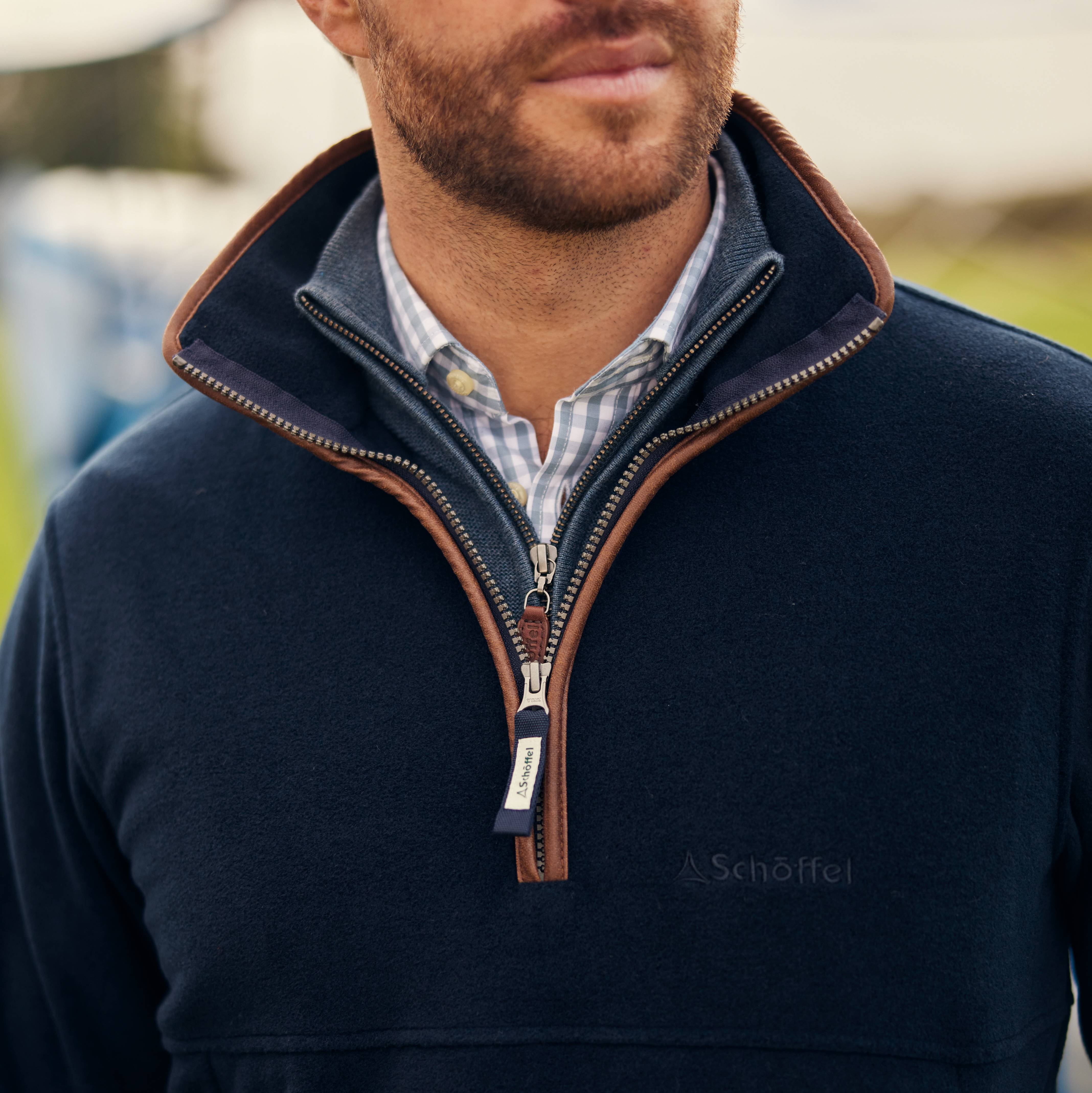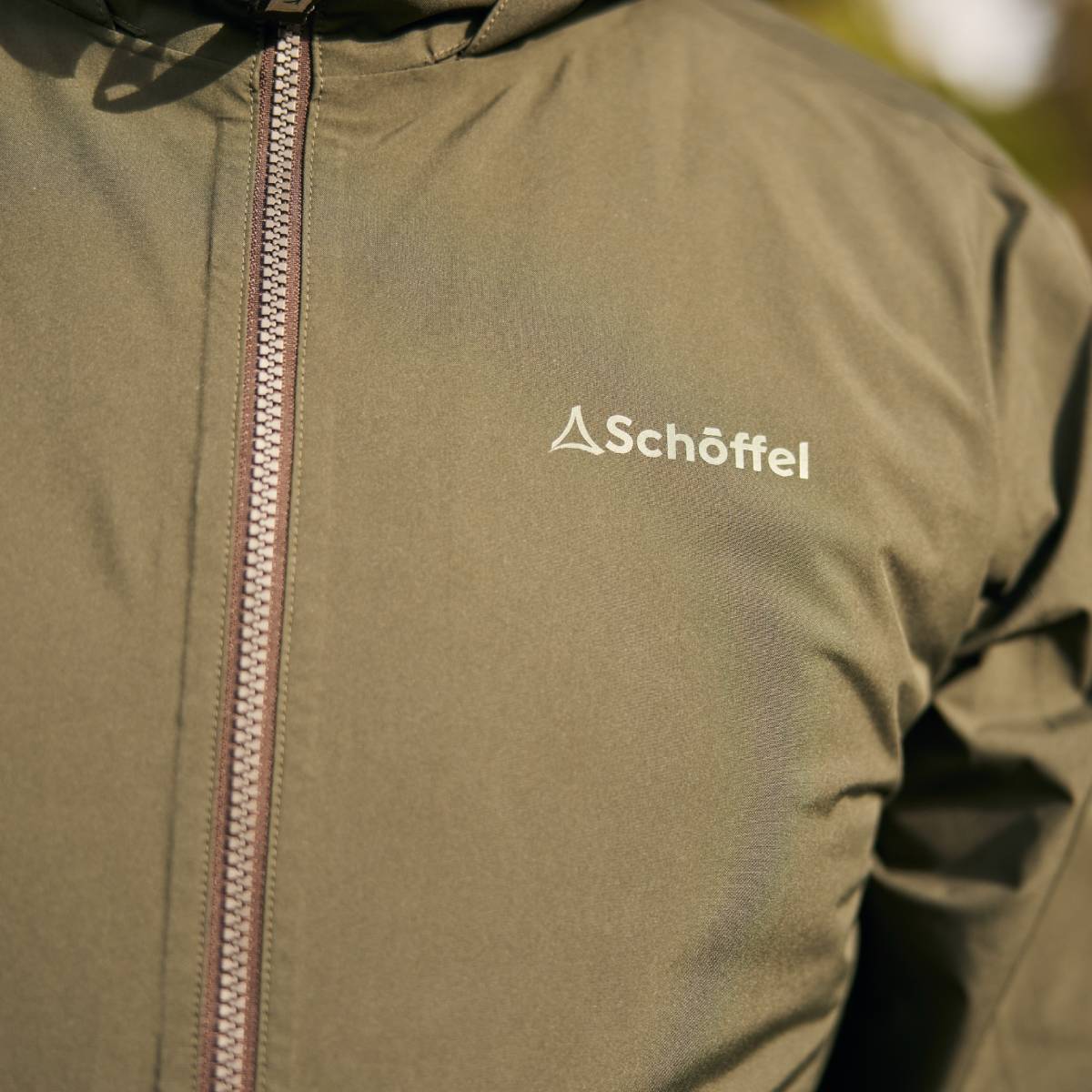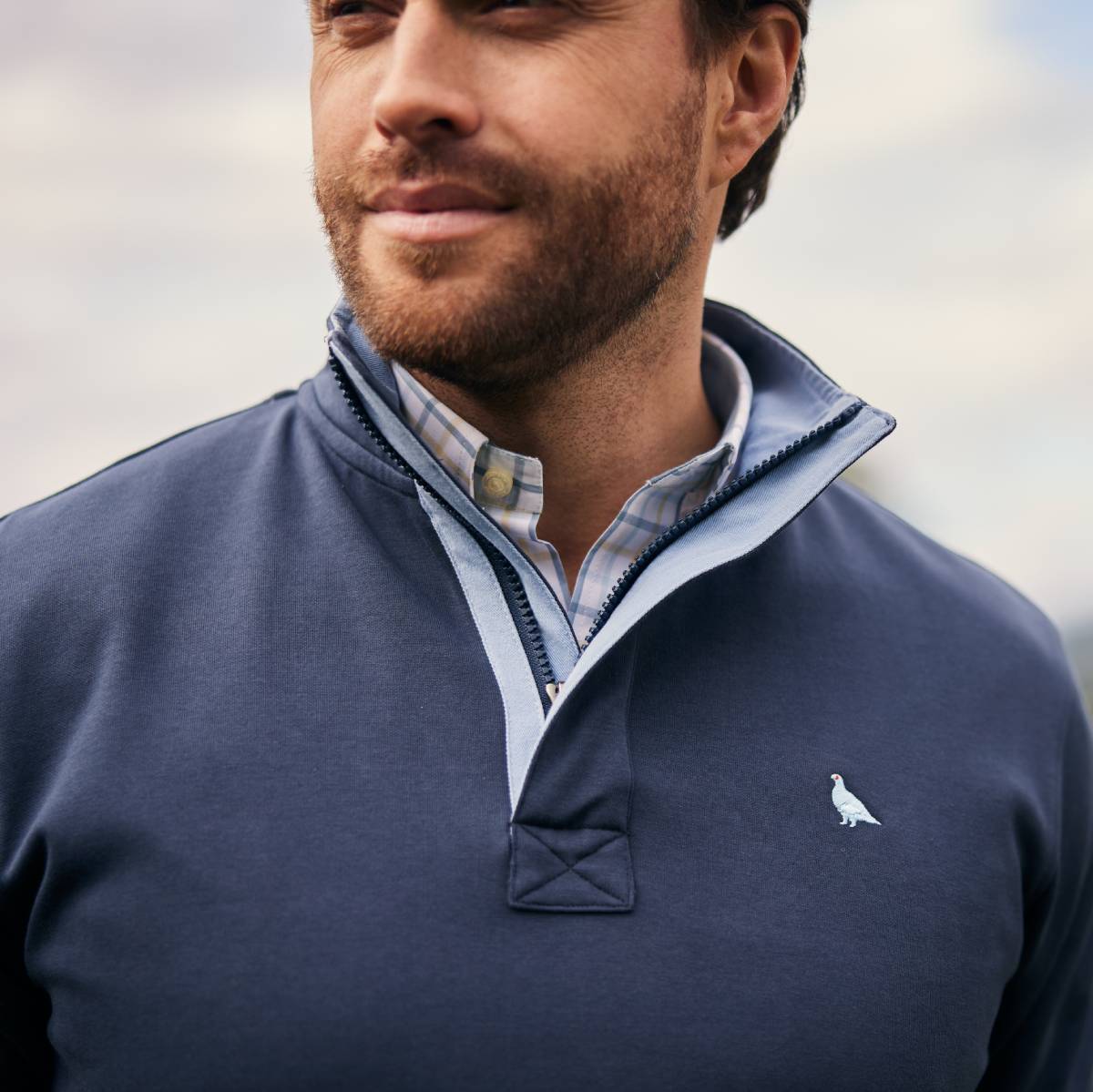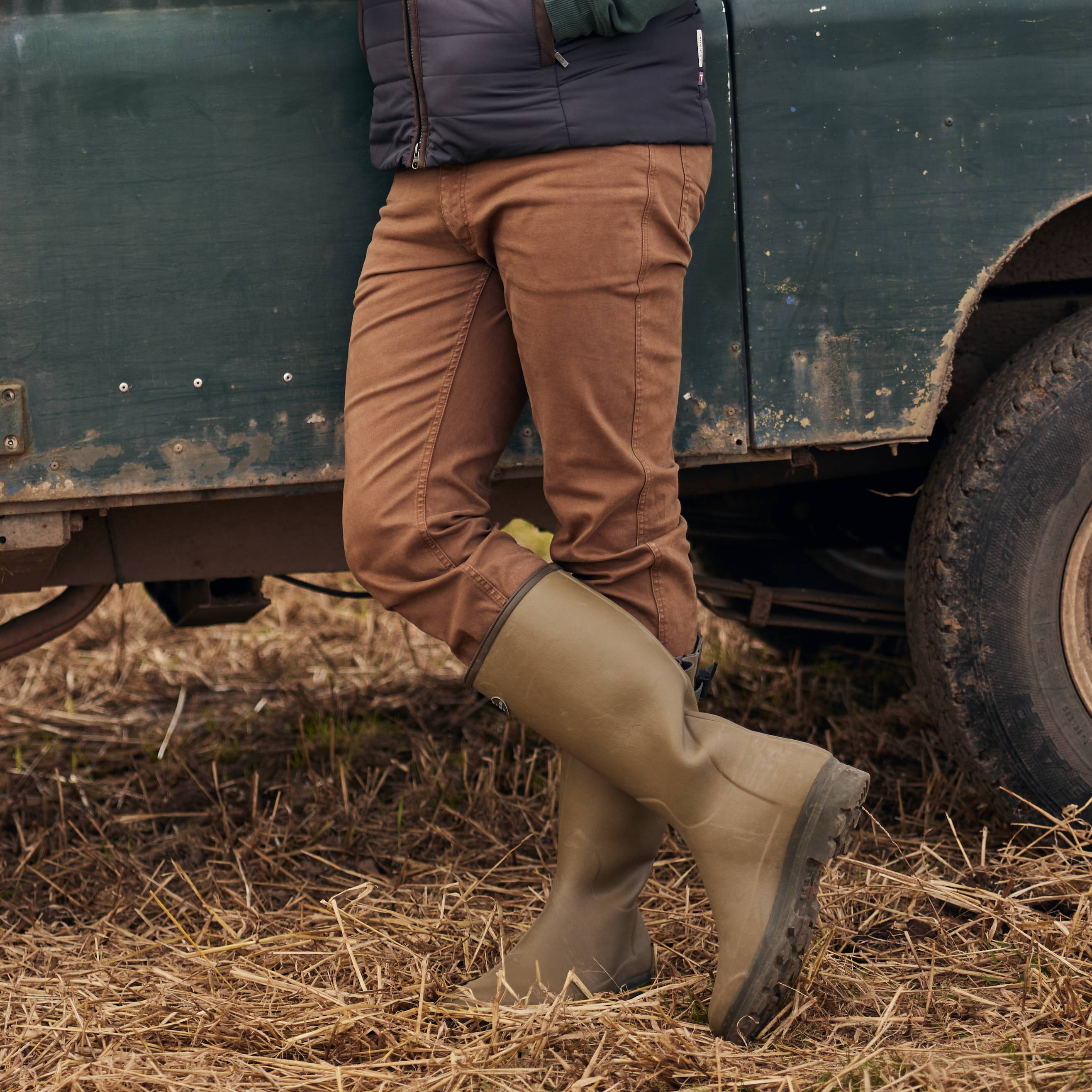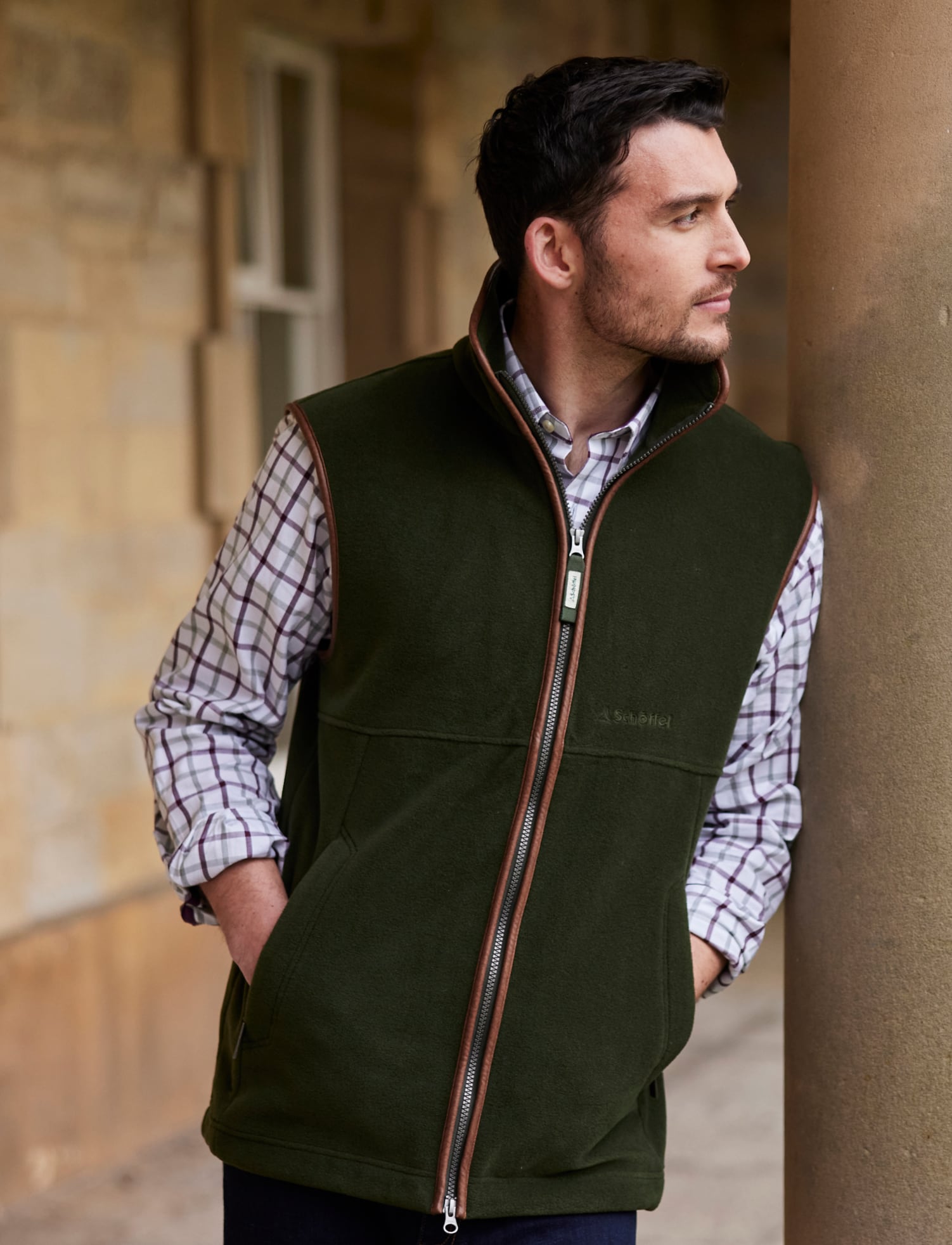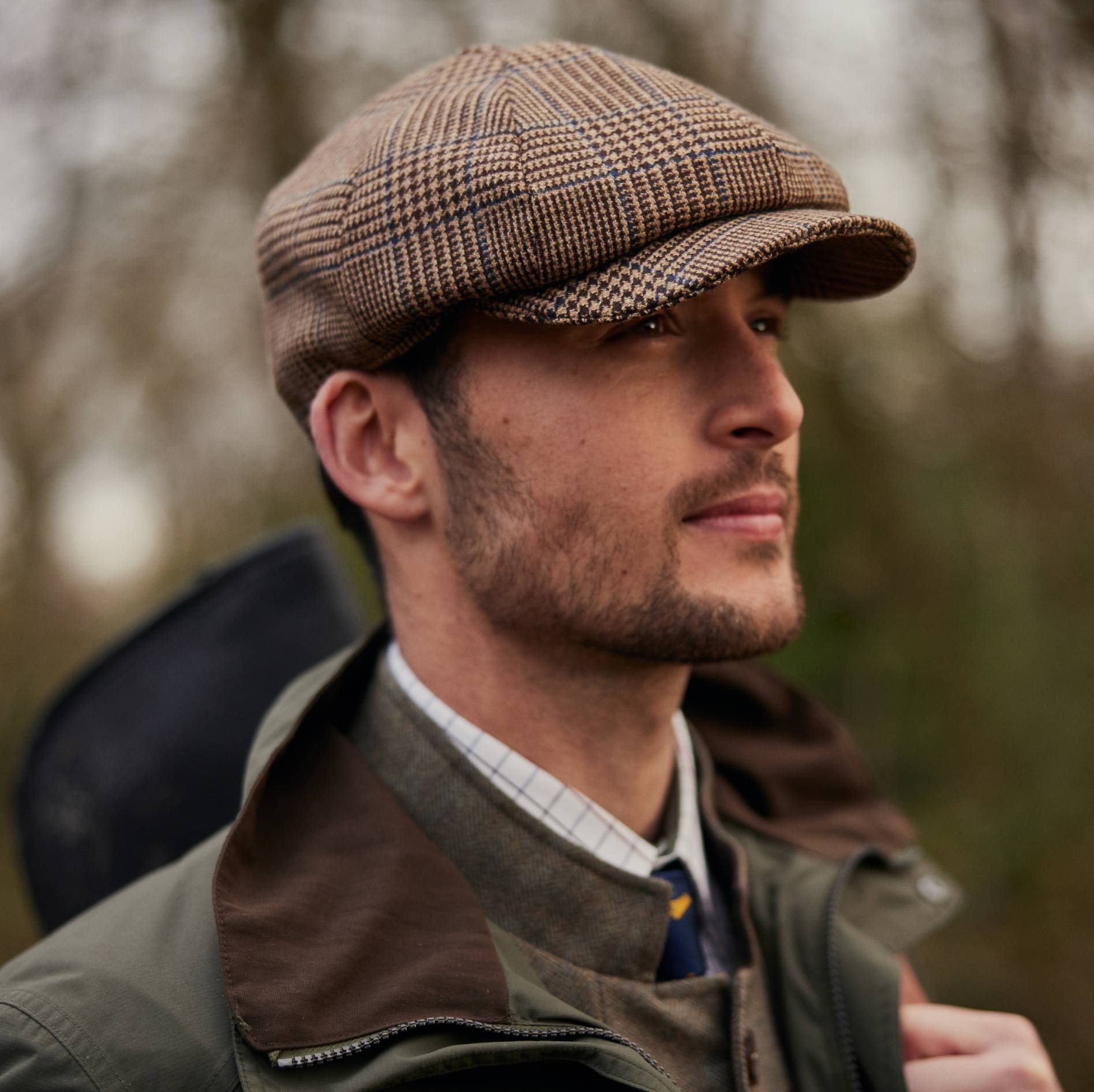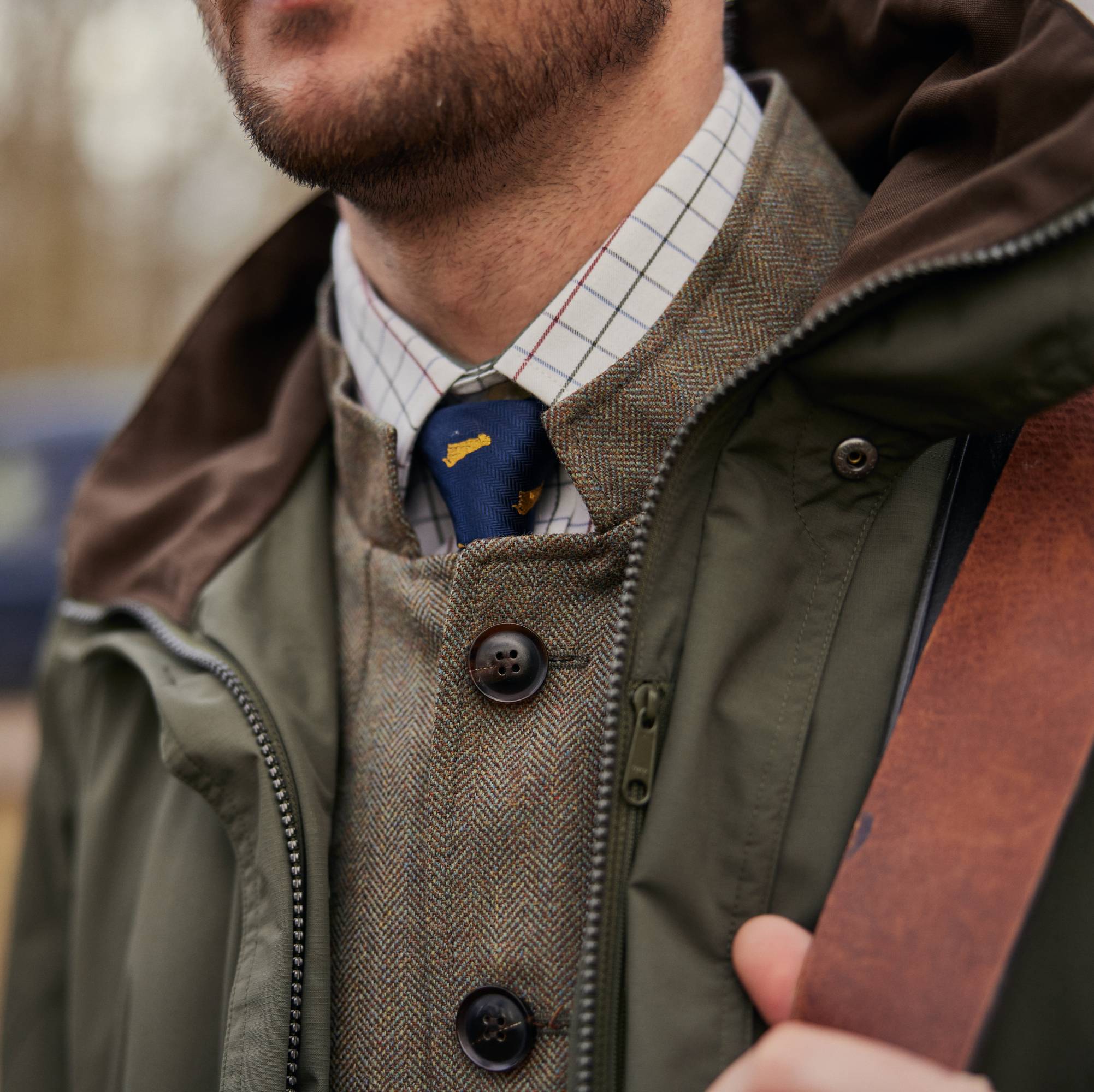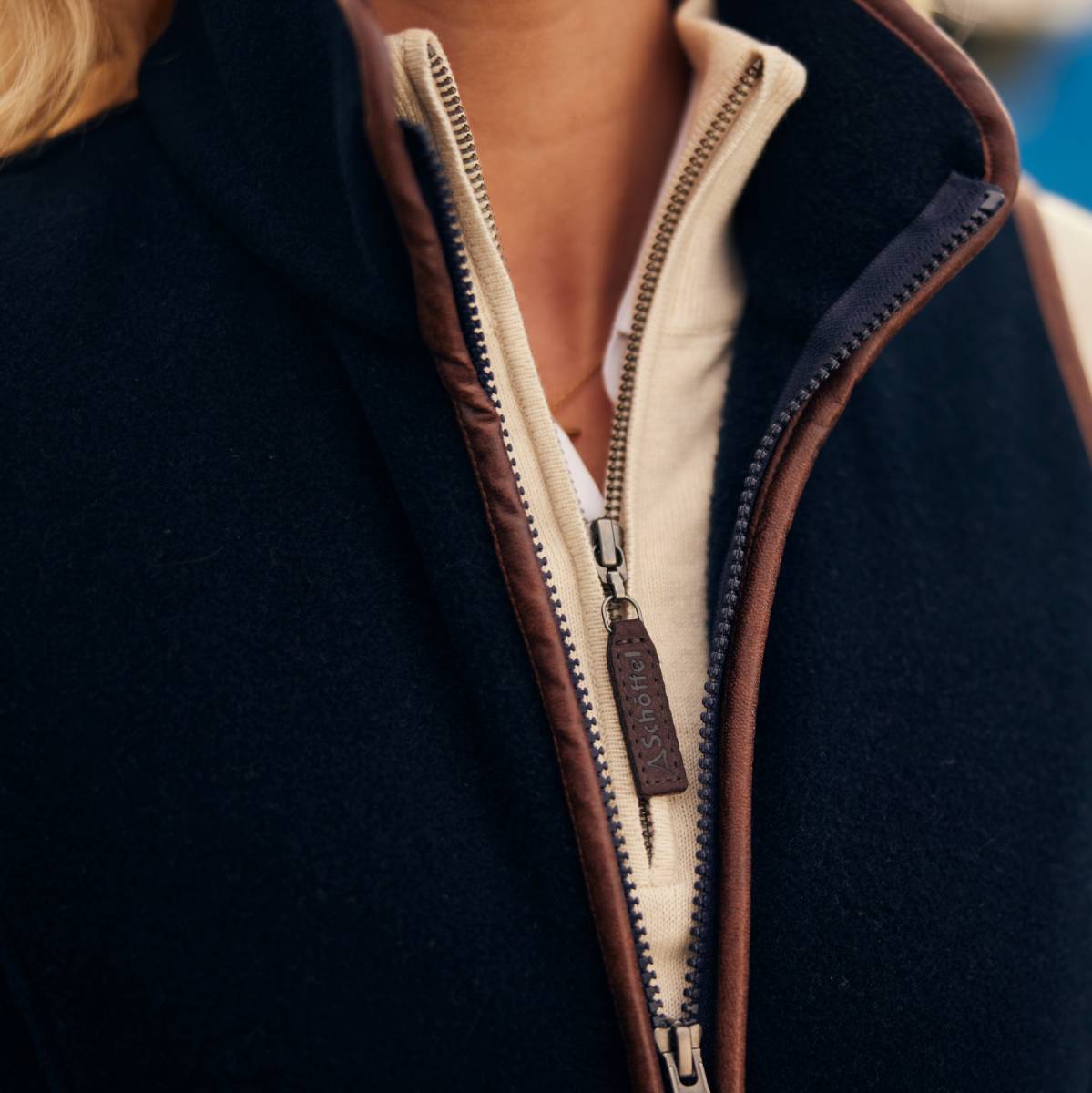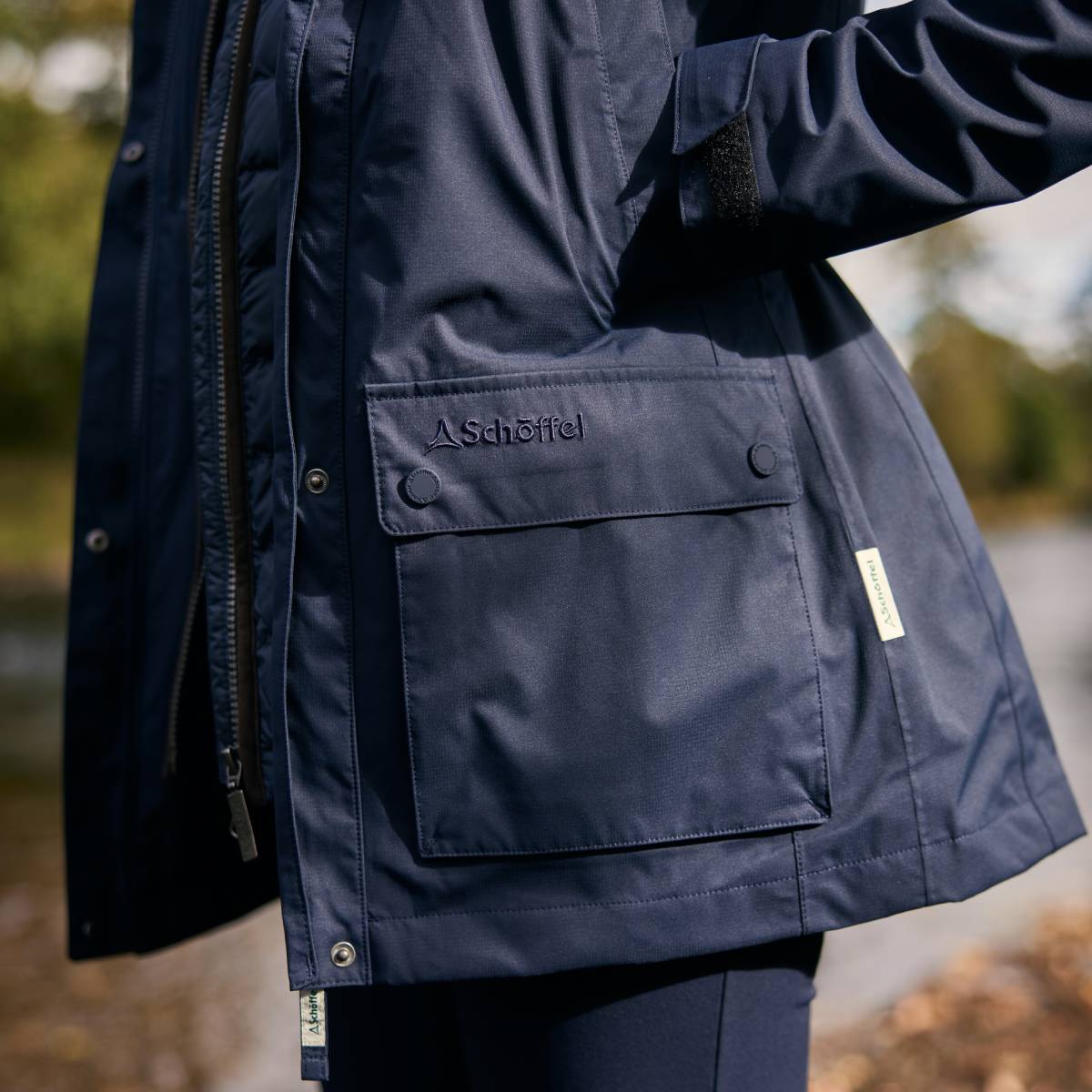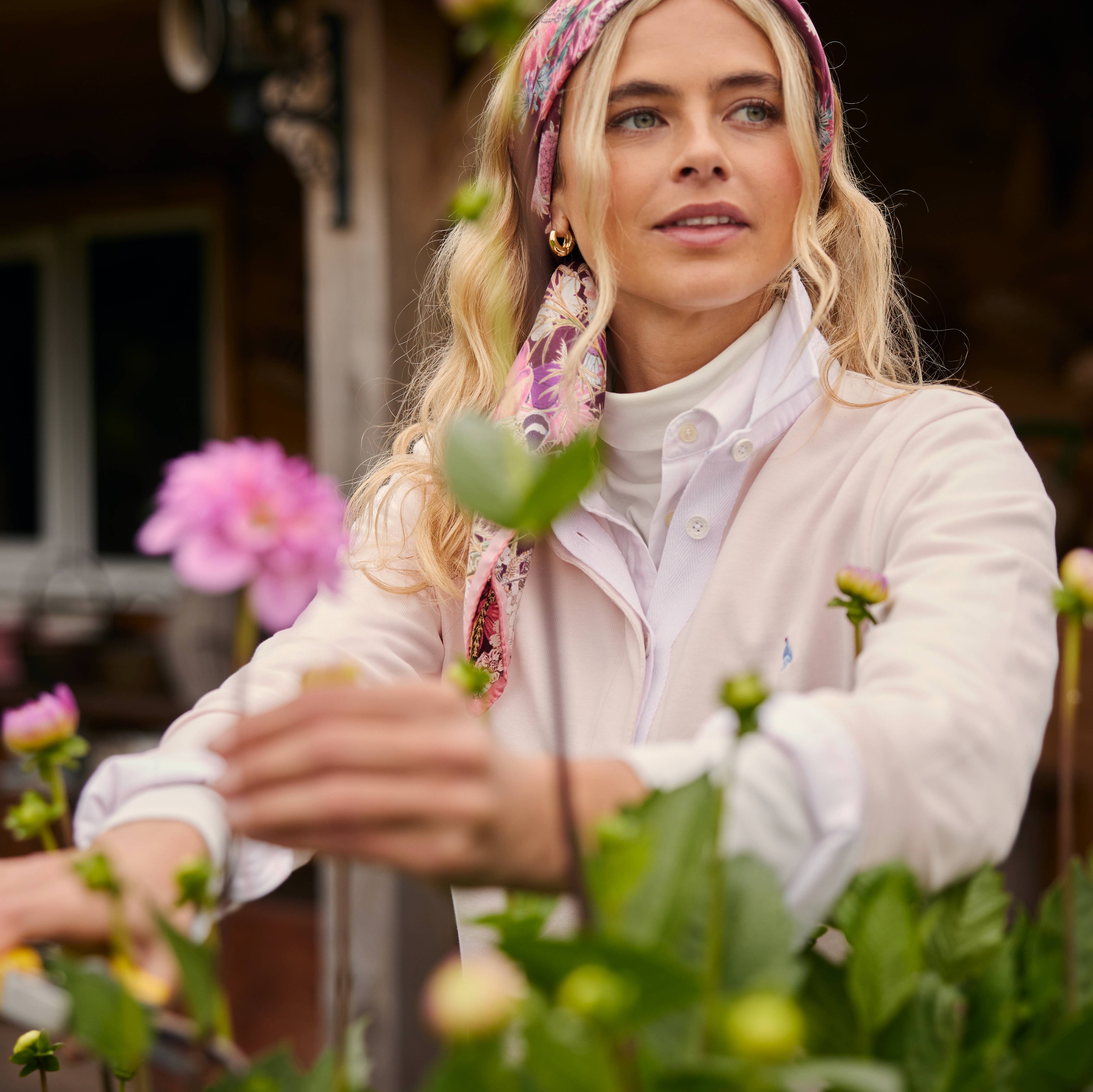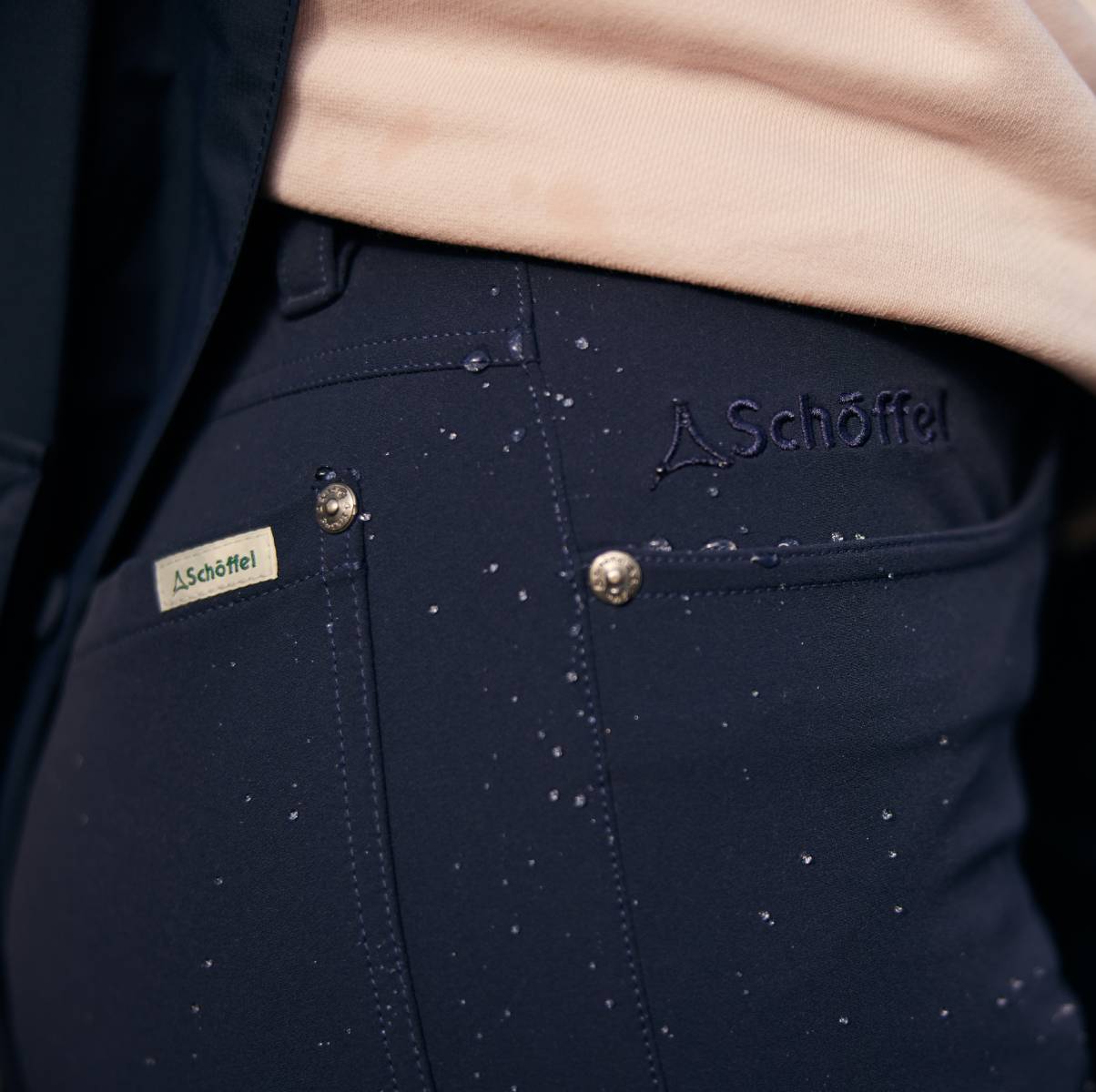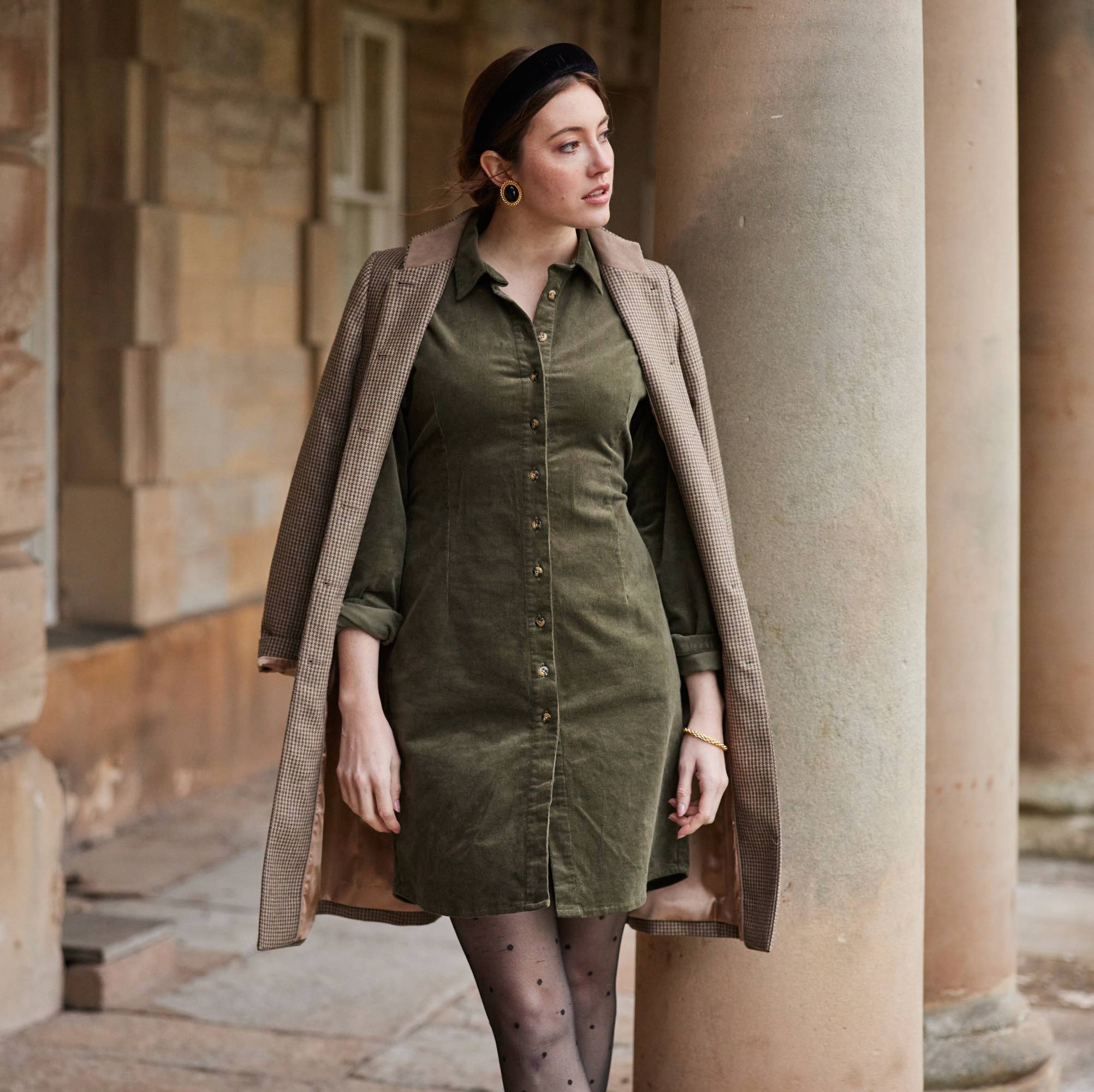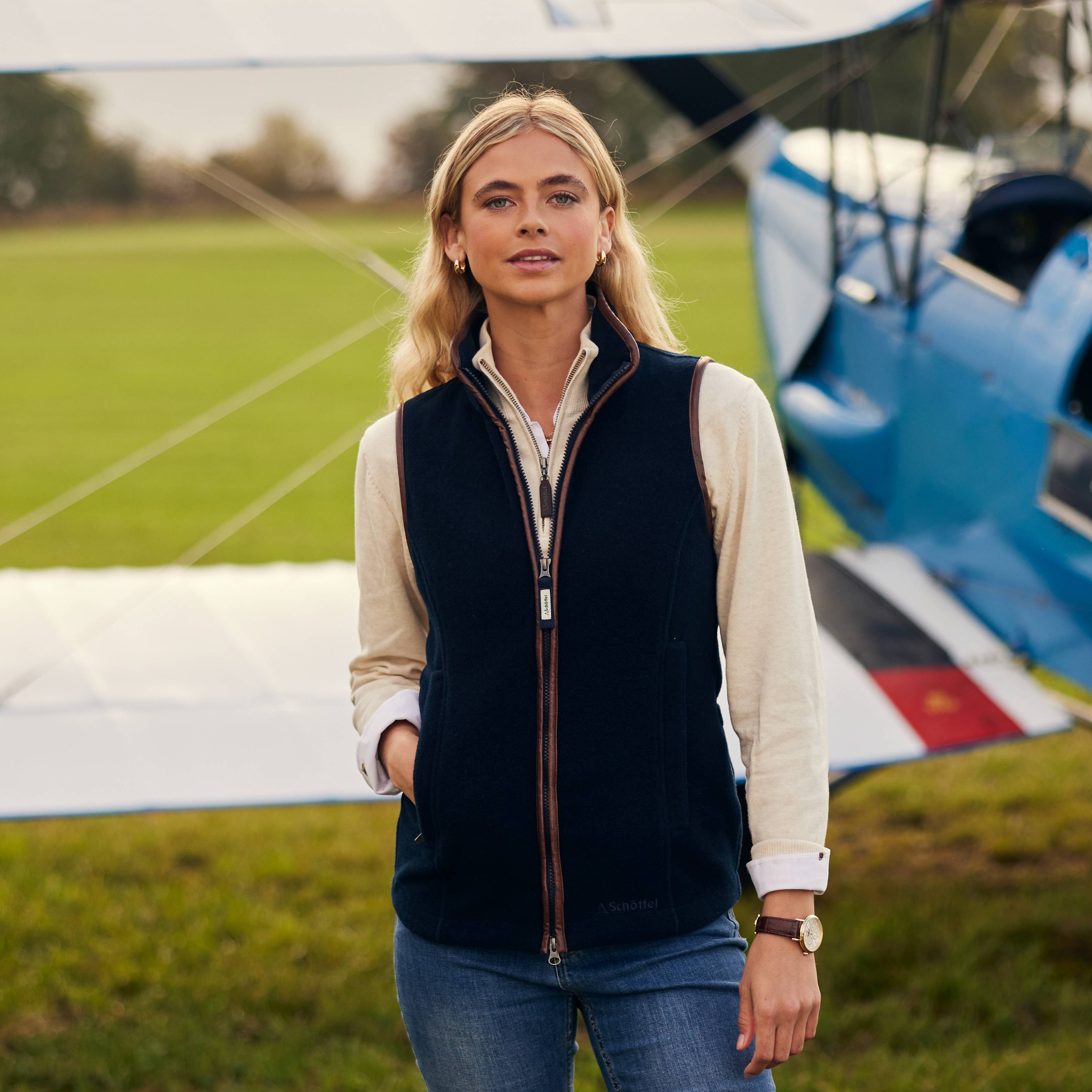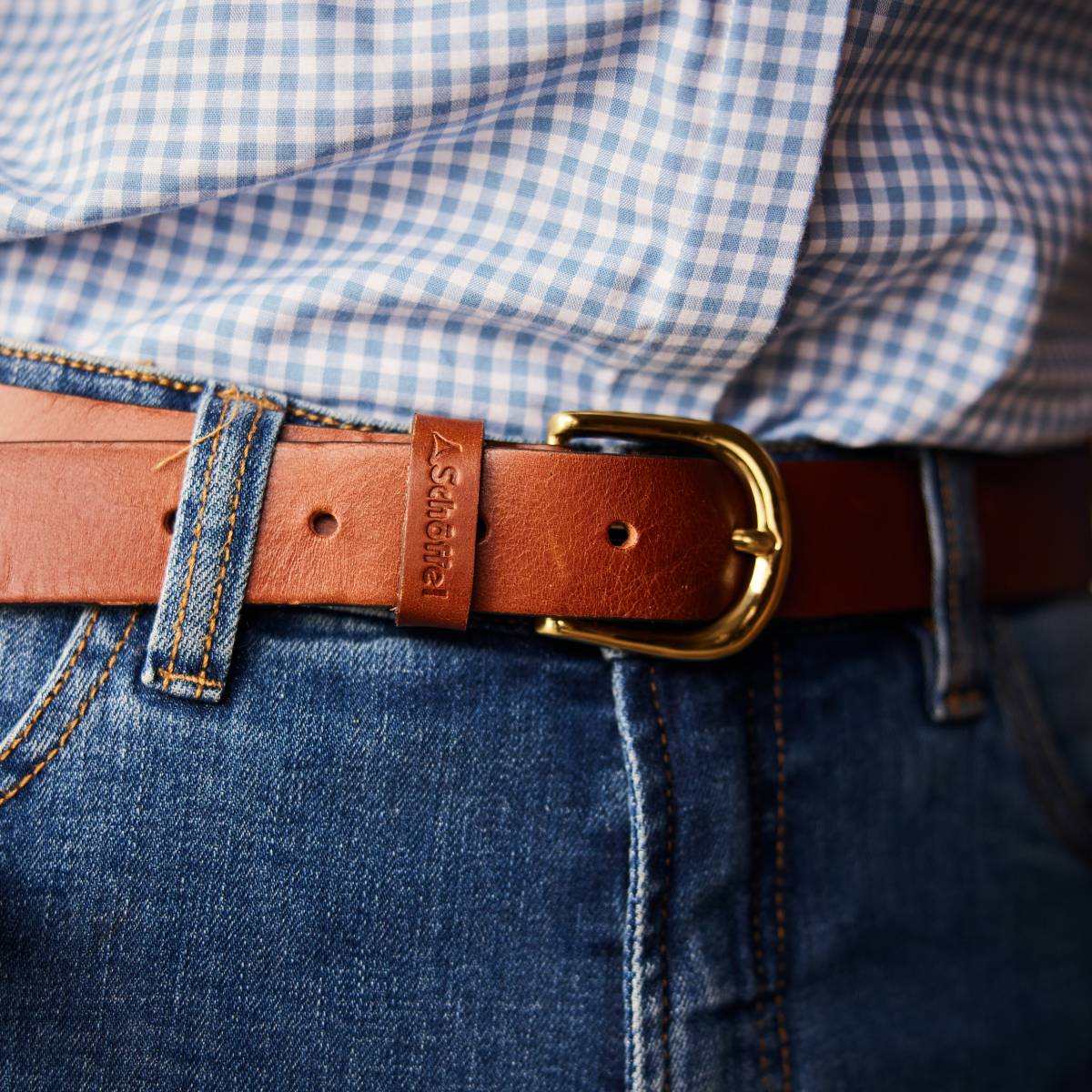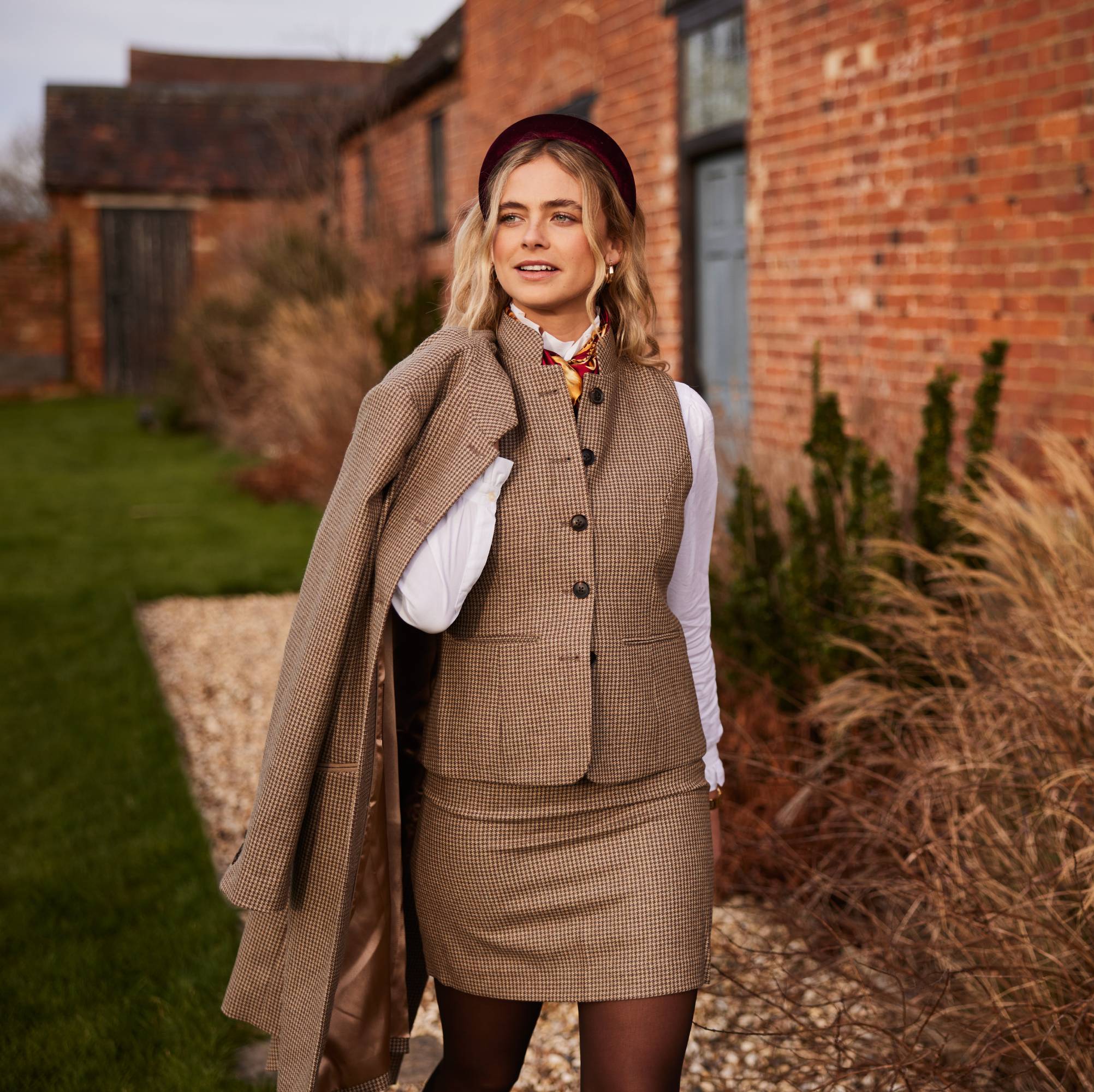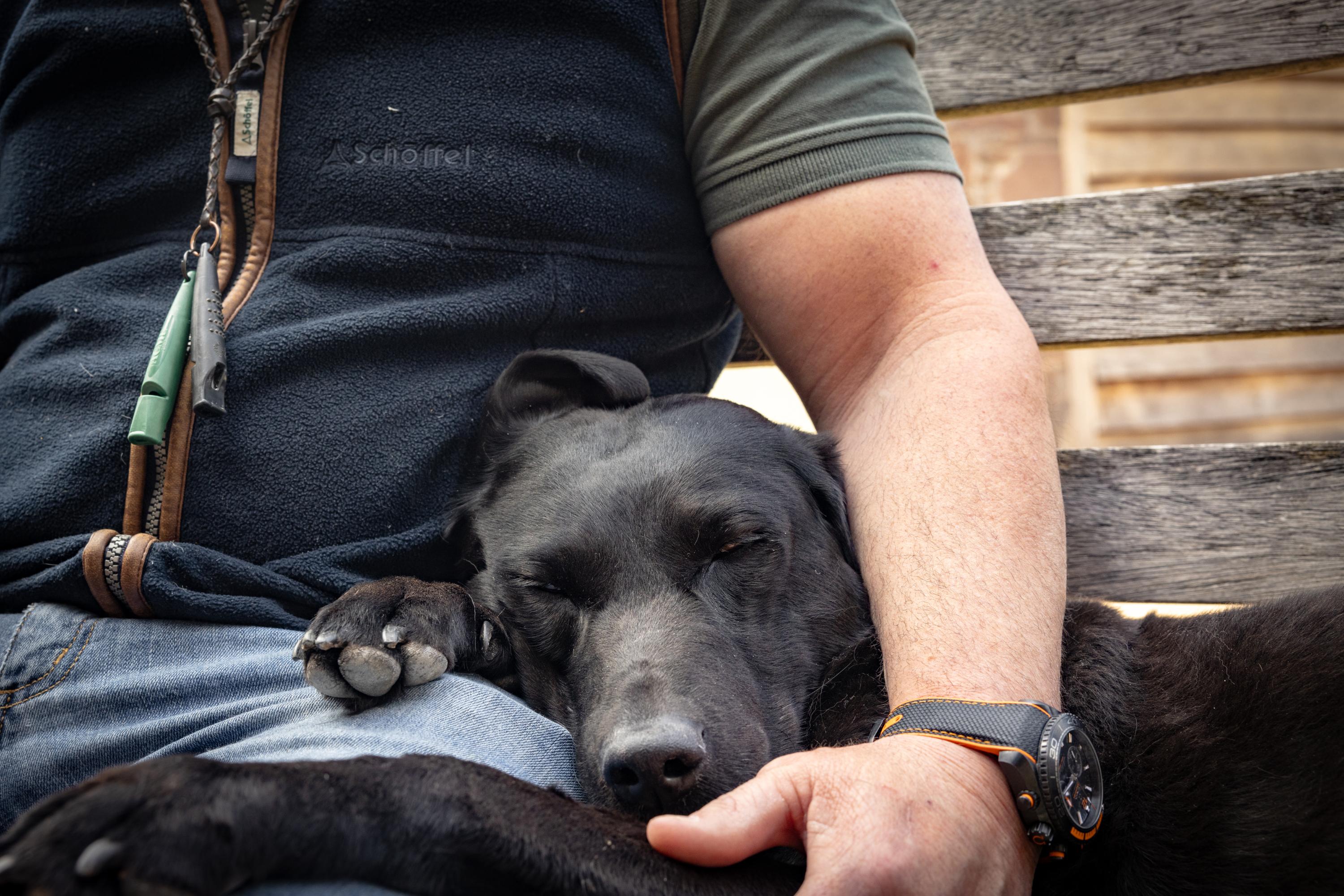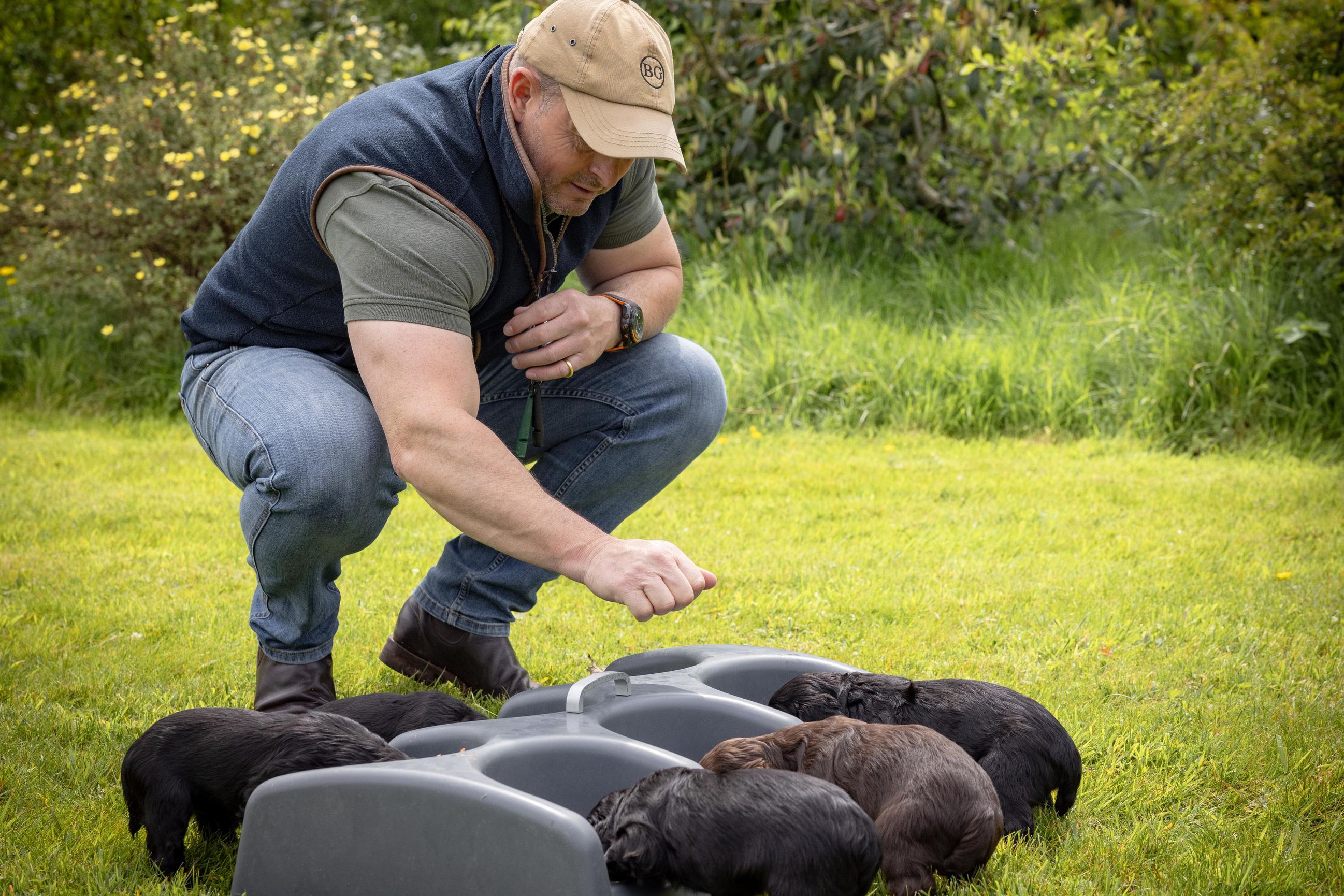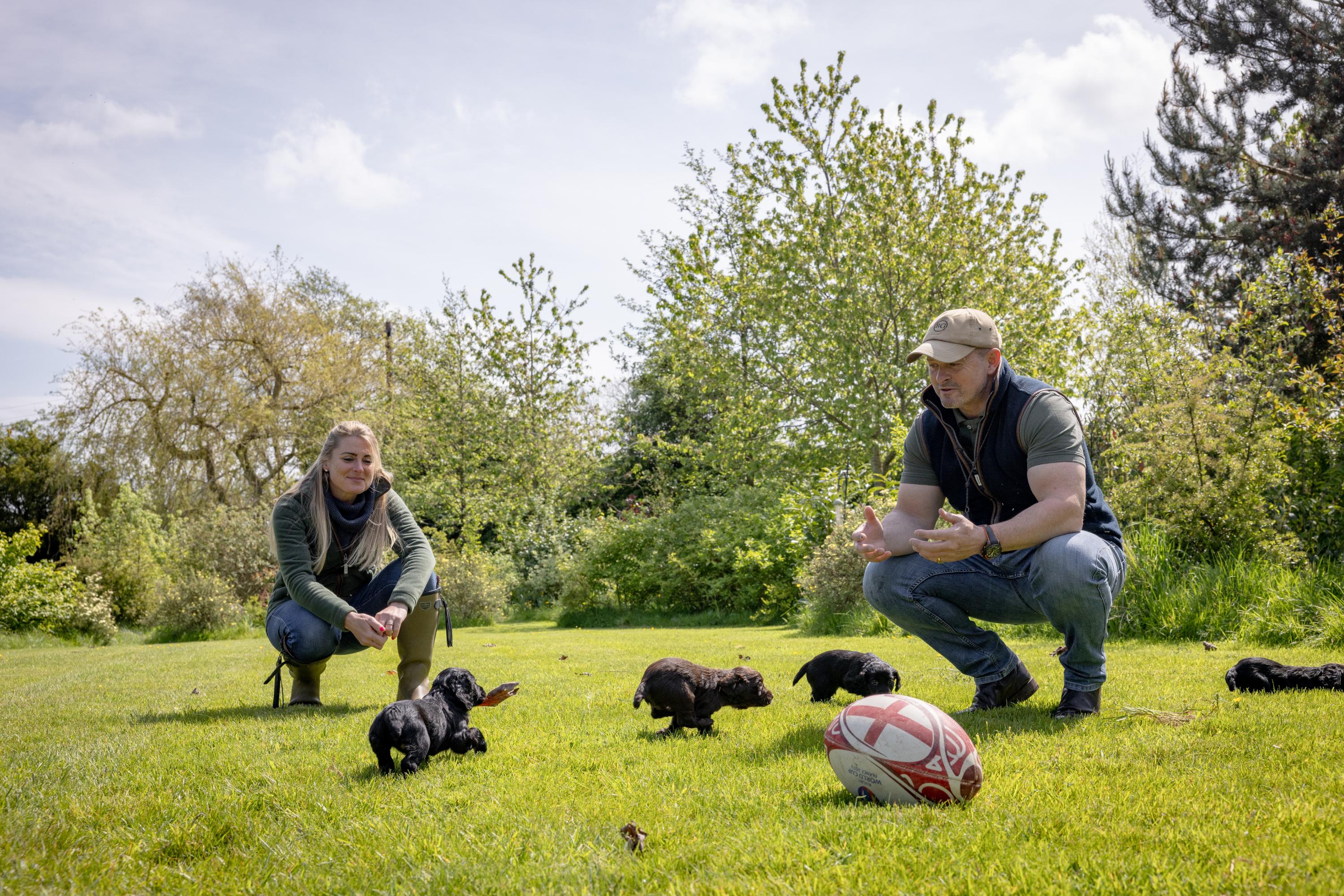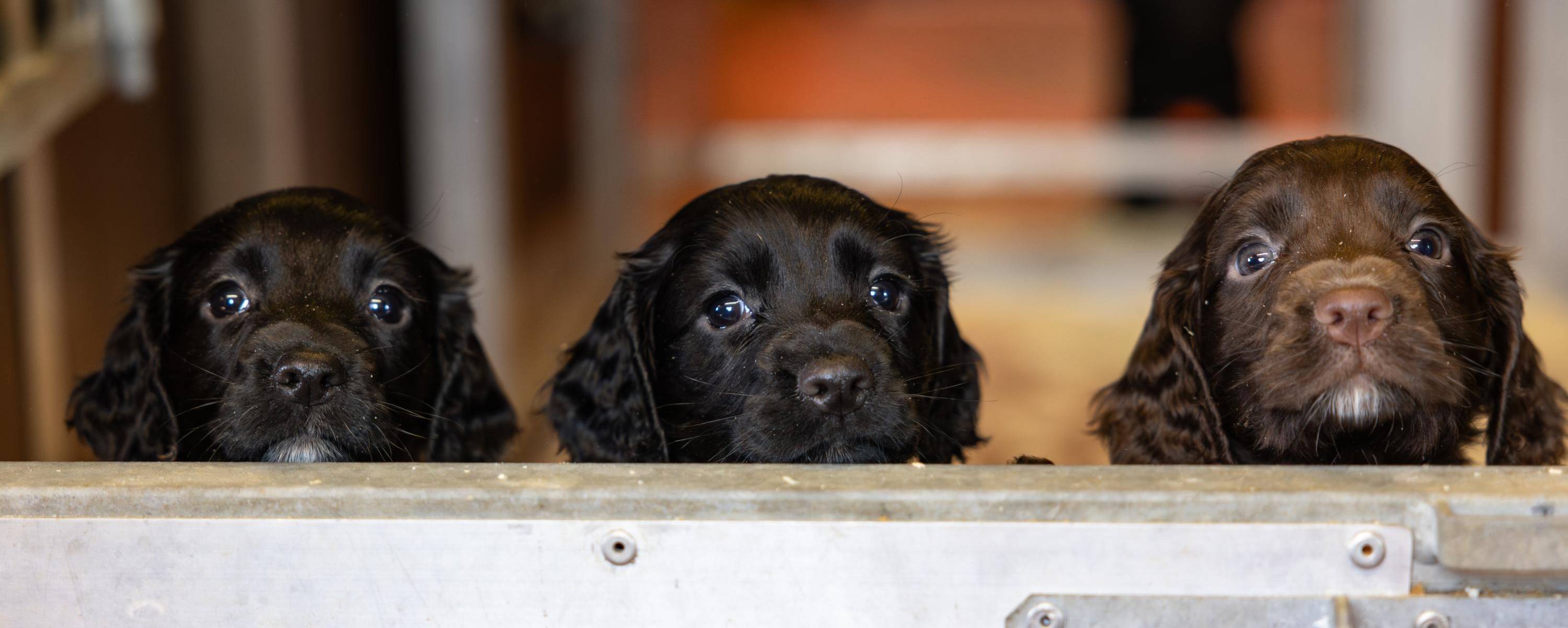
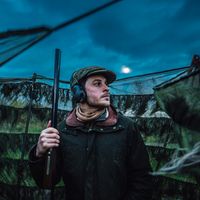
How to choose a gundog puppy
Buying a puppy is a big decision that you want to get right. Recently we visited renowned gundog trainer Ben Randall, the owner of Beggarbush Gundogs, who shared the following advice for those who are weighing up their options. Consider it your new puppy checklist…
When you bring home a new puppy, you mark the start of an important relationship that will, hopefully, extend to many happy days in the shooting field and beyond. But before that point, there’s much to consider and many choices to make. What breed? Dog or bitch? How to find a breeder? Which puppy to pick from a litter? Questions and decisions abound. Here, champion gundog trainer Ben Randall outlines several key points to help you navigate and enjoy the process.
1. Choosing a breed that suits you
Which breed to opt for tends to be the first decision we make when looking for a gundog pup. The answer will come down to two things: What lifestyle do you have? And what do you wish to use your gundog for?
Maybe you’re looking for a rough shooting companion or a dog to join you in the beating line on the local shoot? Perhaps you do a lot of shooting from a hide, or you’re looking for a steady and biddable dog to take with you deer stalking? Whatever your sporting mainstay, it’s worth remembering that even a relatively busy dog may only be working 40-50 days out of every 365 in a year. Will your dog be a family pet for much of the year, then? How might the different breeds fill that role?
The value of doing your research can’t be overstated. Read around the different breeds that you are considering and talk to people who have experience of training and owning them. This will help you to establish which breed is going to best suit your circumstances and plans.
Spaniels and Labradors are our most popular gundog breeds in the UK, and that’s no coincidence. We have generations and generations of well-proven springers, cockers and labs that are very trainable and have great temperaments. And, of course, different lines of the same will have their own quirks and traits. Again, do your research. I always remind my clients that this decision will likely be living with you for 10-15 years – you want to get it right, so don’t rush.
If you’re going to be doing lots of beating and you want a dog that will work thick cover well, enjoy long walks with you during the close season, and you have plenty of space at home, you may prefer a spaniel. They make great pets for very active families, and they’re always looking to please – they’re such characters. But if you’re looking for a dog that will be just as happy sat in a hide, by a peg, or picking up, Labradors take some beating.
2. Dog or bitch?
Personally, I’ve always preferred bitches because I like their temperaments and trainability; they’re generally more biddable and a little less headstrong than dogs. That said, if I had to have one dog that I could take out with me 365 days a year, it would be a (male) dog, because they don’t come into season and they’re not so hormonal.
I tend to find dogs are more consistent in their character; they’re the same guy every day of the week. Bitches, on the other hand, while generally a bit softer, come into season at least twice a year and the associated hormonal changes do affect them and how they respond to training.
Of course, the sex and temperament of any other dogs you might already have will also play a part in your decision when choosing a puppy. Bringing a (male) dog into a house with another male dog that is quite dominant by nature could pose more challenges than bringing a bitch into the family. Are any of your current dogs intact? And may you wish to breed from any of the dogs or bitches going forward, thus keeping them intact? If so, how is this going to work when the bitch comes into season?
3. Where to look for a puppy
The Kennel Club website is a good place to start. By using its ‘breeder search’ tool for your chosen breed, you can be sure that you are buying a Kennel Club-registered puppy. You will also be able to establish if the breeder is licensed and whether they are a Kennel Club-registered breeder. If they are, that’s positive, as it shows they have met certain criteria.
This is also a good time to establish whether the parents of a litter have been health tested. Different breeds are tested for different conditions. Hip and elbow dysplasia, PRA (progressive retinal atrophy), and the likes of skeletal dwarfism, are among the more common diseases and defects that are tested for. On the Kennel Club website, you can also look at the inbreeding co-efficients for the dam and sire. All of this information should play a part in the decision-making process when looking for the perfect pup.
4. Visiting a breeder
Once you have found a litter that on paper you are happy with, it’s time for a visit. This a great opportunity to see the environment the pups have been raised in first-hand. You will be able to see mum, and maybe even dad, and quickly get a feel for the breeder and their facilities. Bright eyes, shiny coats and lively, happy pups is what you should expect to see.
Ask the breeder what they do with the litter from three weeks onwards, and six weeks onwards. How are they feeding them and introducing them to new things? They should be happy to explain.
Here at Beggarbush Gundogs, we handle and socialise our pups from day one. Then from three weeks to eight weeks, we really focus on nurturing that interaction between littermates and our other, older dogs. They learn to play in a relaxed environment, and they are introduced to different sounds and sights – everything from vacuum cleaners to lawnmowers. We’re constantly sowing the seeds to help that transition when the pups go to their new homes. We’re always super relaxed around them, too; we don’t want the pups to be getting overexcited every time they see people.
Remember, modern technology makes it easier than ever now to see a litter at different stages and ages, so don’t be afraid to ask for regular videos of a litter.
5. What about the dam and sire?
In my opinion, around 70% of a litter inherits the characteristics of the bitch, but do as much research around both the dog and the bitch as possible. Have you seen both parents working? Can you talk to others who have and are able to give you their honest opinion? When you visited the litter, how was the dam behaving around the owner? Of course, all dogs have their strengths and weaknesses that can be built upon or exaggerated with good and bad training. Health aside, what we’re really thinking about when considering the parents of a litter is natural ability, biddability and trainability.
6. How to pick a puppy from a litter?
This all depends on you as a person and what you are looking for in a pup. Two different people may desire different qualities in a dog based on their circumstances, previous experience and plans for working that dog.
It’s worth bearing in mind that a pup that seems the keenest and boldest at five weeks old may not be like that at eight weeks old, so it is useful to visit the puppies more than once and spend some time with them in different environments if possible.
When I’m comparing puppies from the same litter, I look at the way each one moves. With spaniels in particular you will see some pups with what some people call a low tail action, where their nose and tail are down and working in unison. It demonstrates a stylish keenness to hunt.
You might try calling the pups and seeing how they come to you. Do they come bounding up to you, jumping all over you and nipping at your clothes, or are they a little less bold? Which is the first to charge over to you? This can give you an idea of a pup’s temperament – but, like I say, there’s a fair bit of guesswork involved and it’s not an exact science, which is why choosing the correct litter with proven parents from a reputable breeder is key.
Interestingly, many of my clients prefer me to pick a puppy for them or point them in the right direction. I will know what they are looking for and, having spent eight weeks around the litter, I am very well placed to pick out a few pups that I think may be better suited to what they want.
Ultimately, choosing a puppy is about doing your homework, not rushing into things, and being prepared to ask questions. Training your own gundog can be an incredibly rewarding activity. Our dogs become our best friends. And if you focus on making the right decisions from the off, you’re setting yourself up for a very positive start to that journey.
